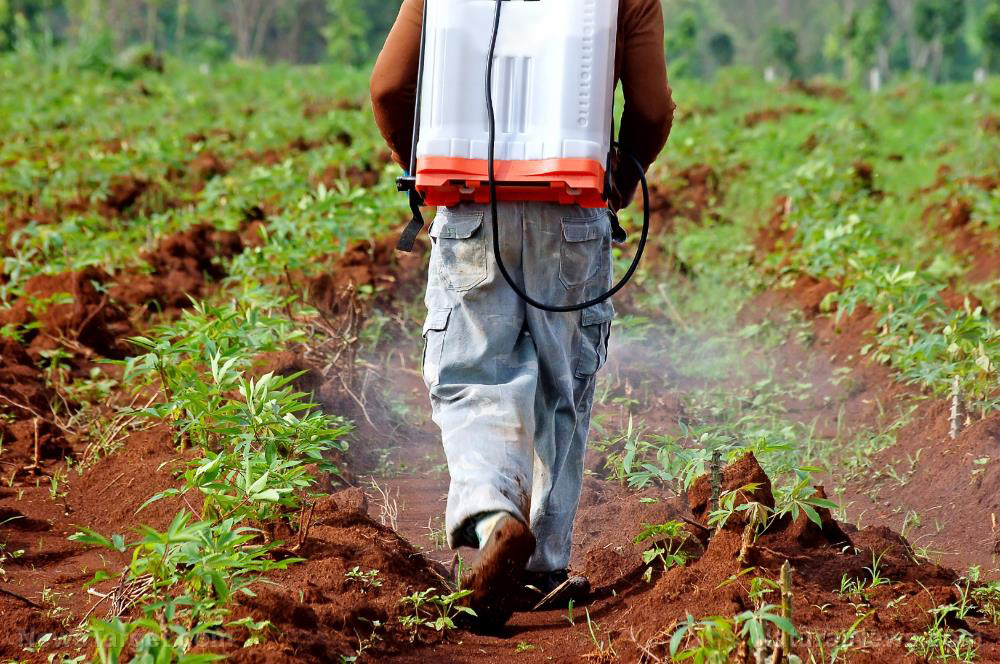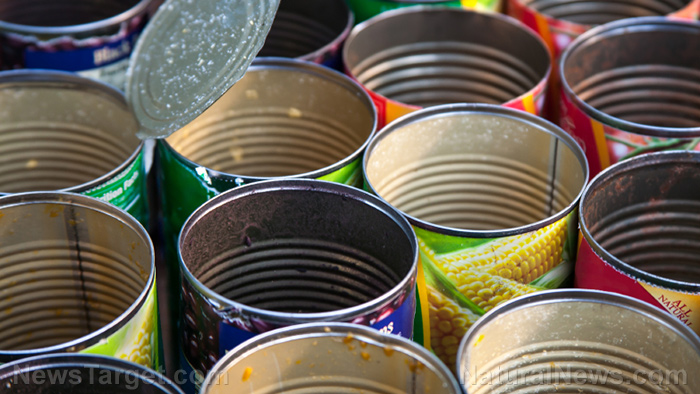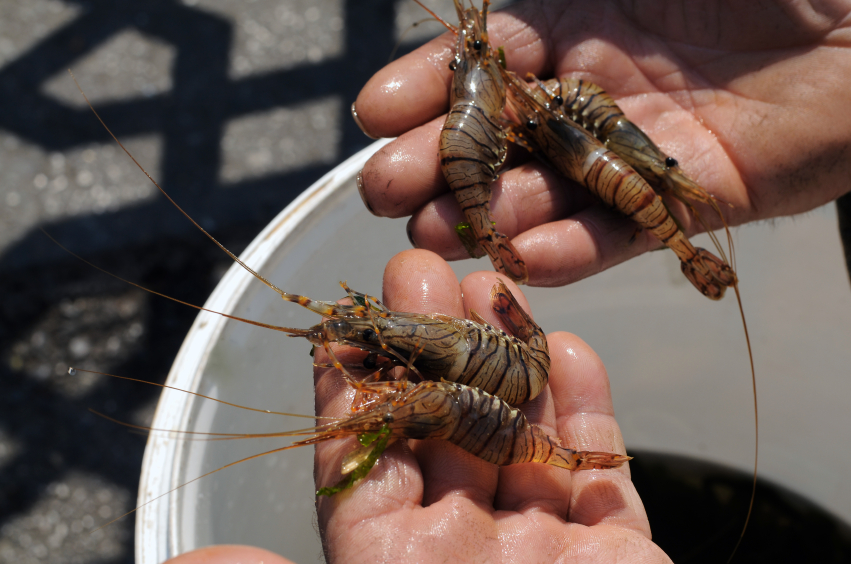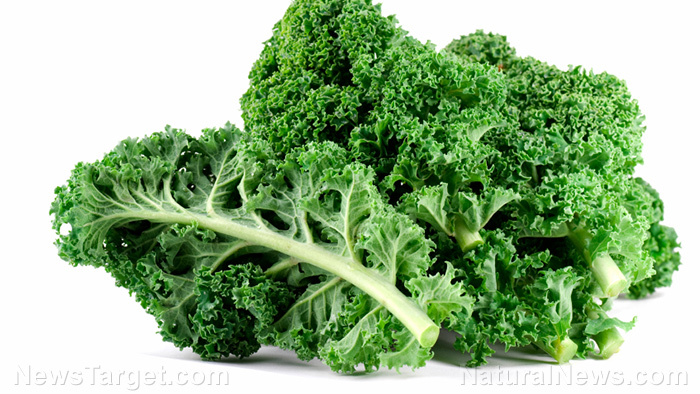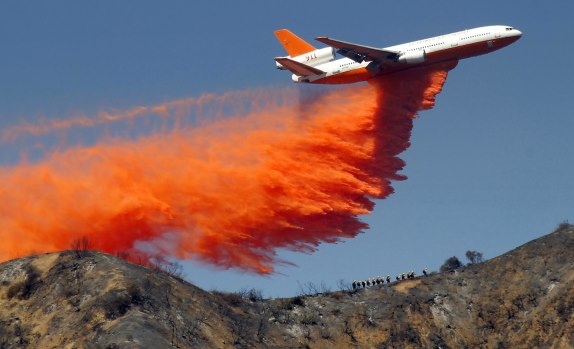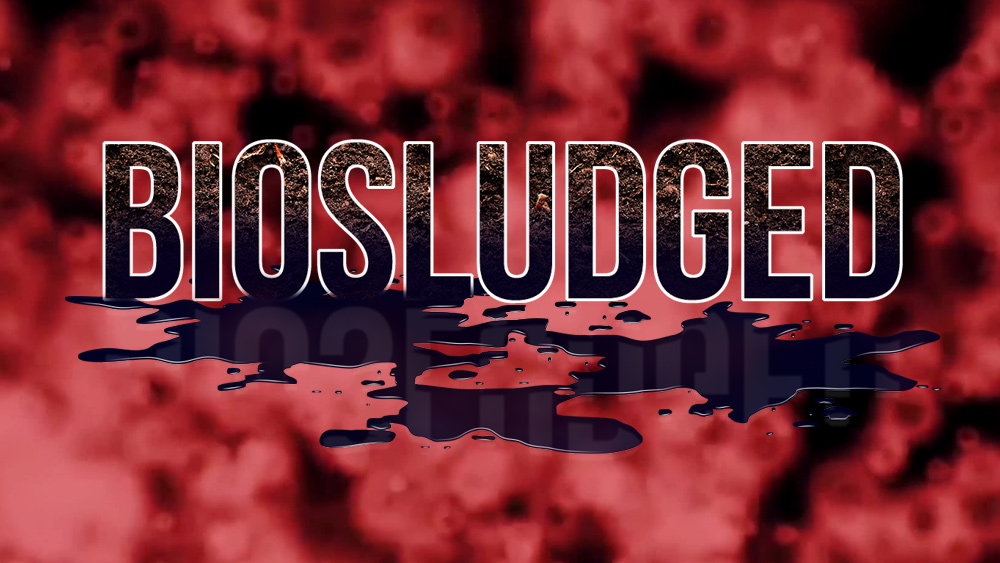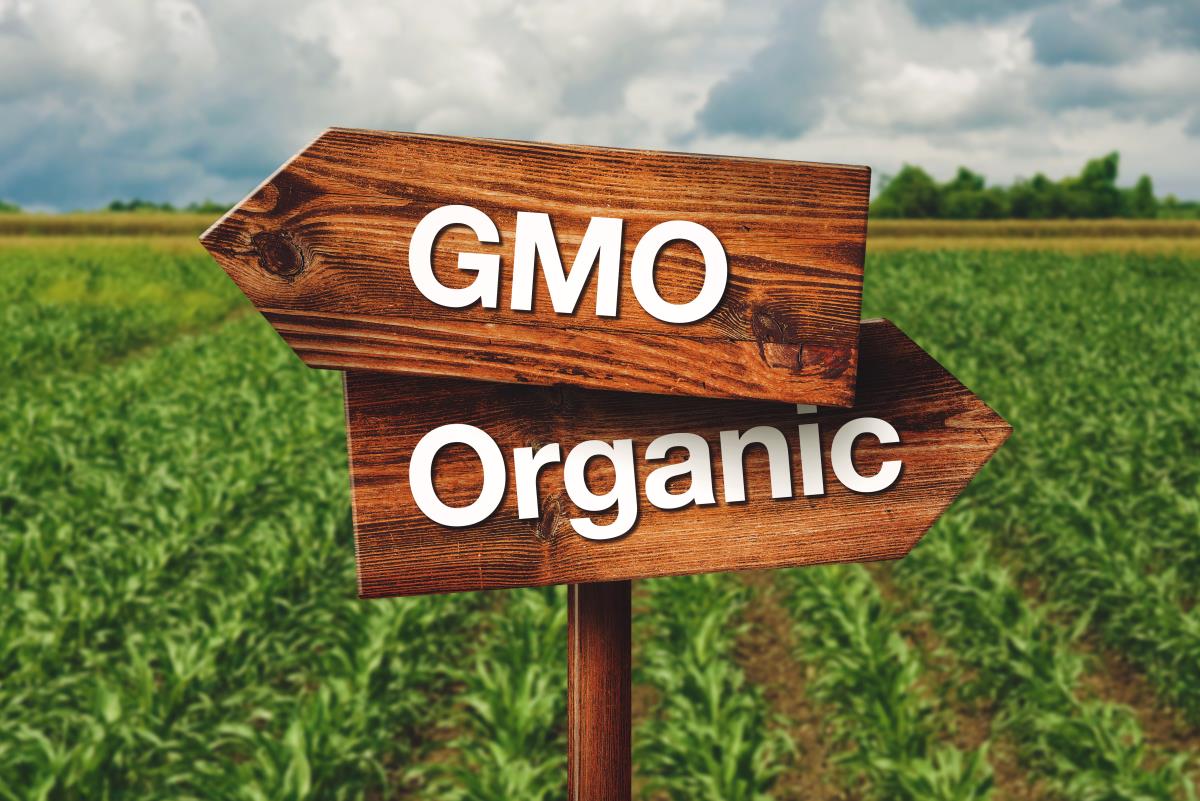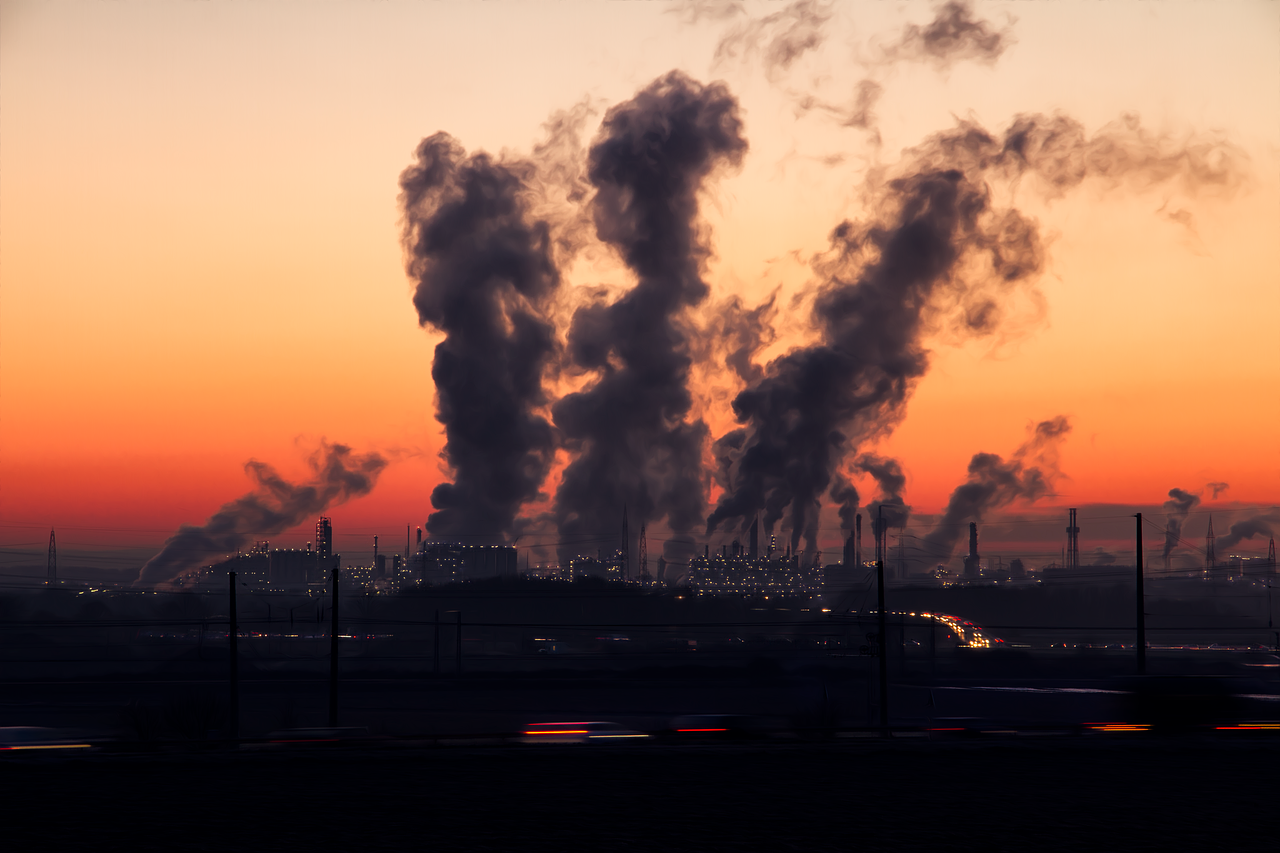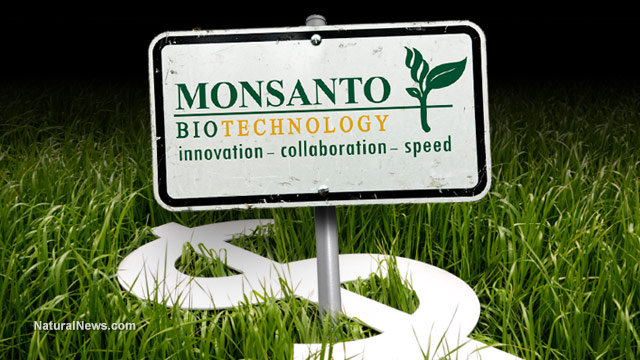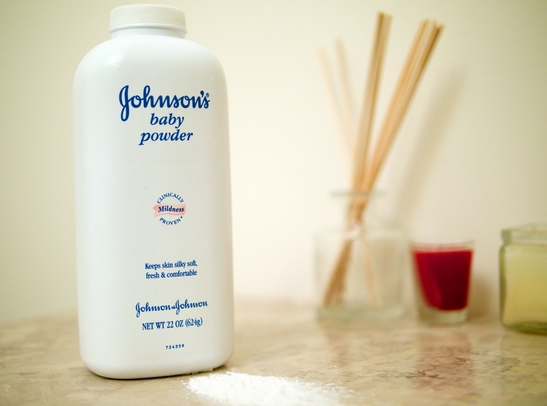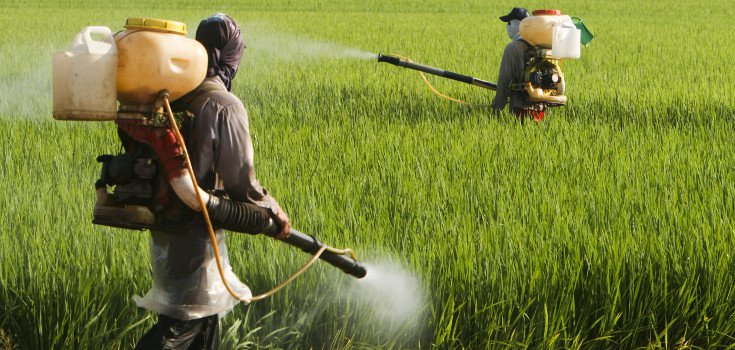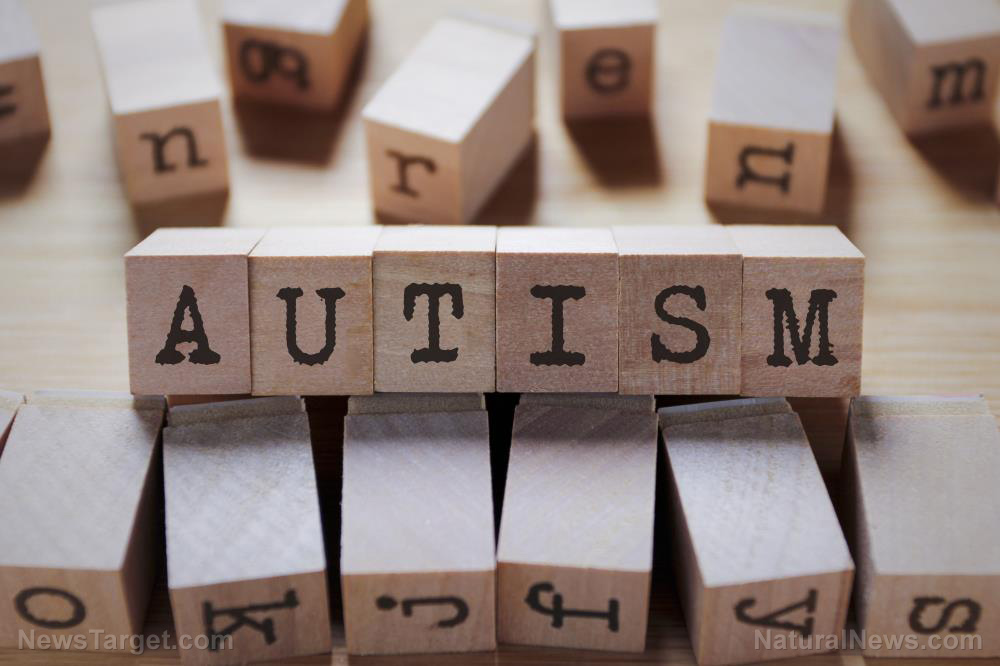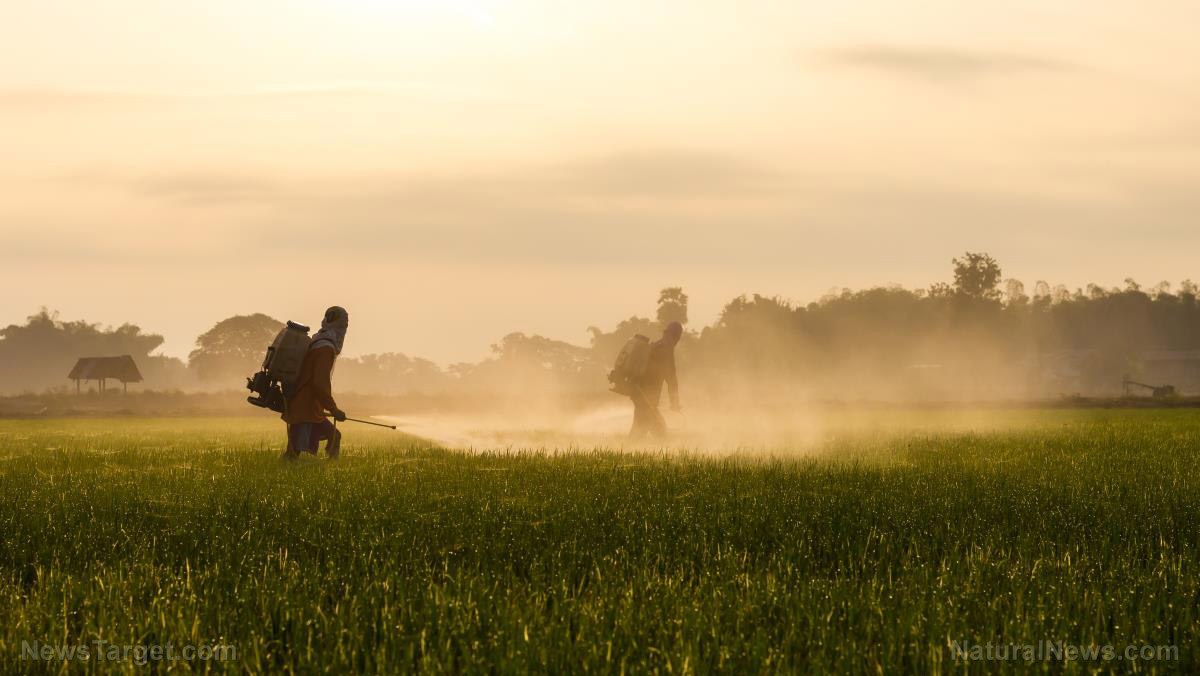Microplastics are invading our farm lands, and researchers say the problem is even bigger than they first believed
03/12/2019 / By Isabelle Z.

You’ve probably heard a lot about microplastics in the oceans in recent years, and while this remains a very serious problem, researchers say there could be an even bigger threat right here on land.
Microplastics are tiny pieces of plastic that range from the size of a grain of rice all the way down to microscopic, and they are ingested by a wide range of creatures and accumulate as you go up the food chain. They cause damage to organs and leach toxic chemicals that can impact reproduction, growth and immune function.
According to researchers from the Norwegian Institute of Water Research, as many as 730,000 tons of microplastic are added to farmlands in North America and Europe every year.
In fact, researchers say that outside of landfills and urban spaces, agricultural lands are the places with the most plastic contamination. Much of these plastics get there through garbage and recycled wastewater. Some sources include microbeads from cleaning products, synthetic fibers such as lint from laundry or cleaning wipes, plastic garbage, and rubber debris from tires.
Biosolids are helping microplastics contaminate the earth
Biosolids are accounting for a big part of this contamination. This is fertilizer made using treated sewage, and it’s about as disgusting as it sounds. In Australia alone, as many as 19,000 tons of microplastics are applied to farmland every year from biosolids.
One big problem is that much of the biosludge is treated, which makes the problem worse by breaking down particles even more. The smaller these particles become, the more areas they can penetrate, getting in to the food chain at the lowest point possible and being easily transported upward. Those measuring in the nanometer range, for example, can cross a cell membrane.
Scientists aren’t sure how all these microplastics are affecting agricultural ecosystems, but it can’t be good. Ecologists have expressed frustration at the lack of awareness about this issue and the resulting dearth of research funding. It’s also a relatively new problem in the sense that long-term studies can’t show us the true extent of the danger.
One such ecologist, the University of NSW’s Mark Browne, said that hidden microplastic buildup is allowing hazardous chemicals to make their way into the food chain. He stated: “We’ve shown these tiny particles of plastic last for a long period of time, and they can be accumulated by organisms and they can transfer from point of entry into organisms’ tissues.”
Swedish University of Agricultural Sciences Associate Professor Martyn Futter told Australia’s ABC that people are failing to consider what happens to these biosolids after they’re used on land. He said that the endocrine disruptors and carcinogens in the plastics can leak out and adversely affect soil.
Biosludge is a huge problem that doesn’t get nearly as much publicity as it deserves, although it was the subject of a recent documentary called Biosludged that can be viewed at Brighteon Films. Biosolids contain a host of agricultural, industrial and household chemicals, not to mention pharmaceuticals, heavy metals, and pathogenic material, yet they are allowed to be used on soil that grows food intended for animals and humans in many places.
In the documentary, experts and whistleblowers outline the extent of this serious issue and explain just how great the risk is to all of us. Why isn’t the problem of microplastics in biosolids – and even biosludge use itself – getting the kind of headlines microplastics in oceans have attracted?
Sources for this article include:
Tagged Under: agricultural lands, agriculture, Biosludge, Biosolids, blackout, cell health, Ecology, ecosystems, environ, food supply, hazardous chemicals, media shut out, microplastics, plastics, toxic chemicals, toxic sludge


